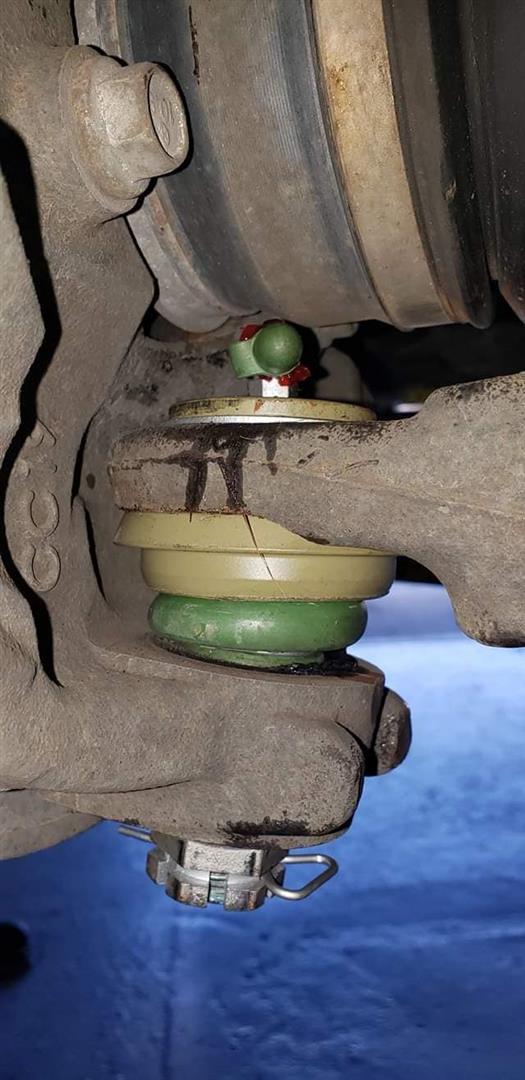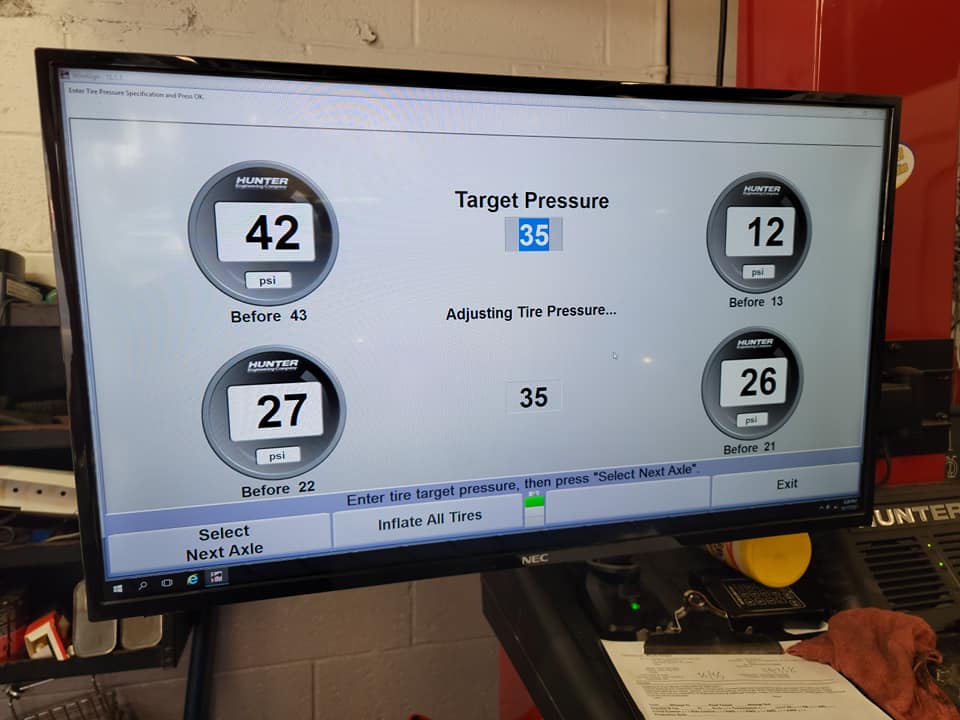Posted on 4/23/2024

17th Street Automotive breakdown of the differences between tire rotation, tire balancing, and alignment, along with the significance of steering and suspension components in maintaining vehicle safety: Tire Rotation - Purpose: To ensure even tire wear by changing the position of tires on the vehicle, typically from front to back or side to side. - Benefits: Extends the lifespan of tires, helps maintain balanced handling and traction, and can improve gas mileage. - Frequency: Usually recommended every 5,000 to 7,500 miles or as advised by the vehicle manufacturer. - Tire Balancing: - Purpose: To correct any imbalance in the tires and wheels. This is achieved by adding small weights to the wheel to balance the tire/wheel assembly. - Benefits: Prevents uneven wear of tires, reduces vibrations felt in the steering wheel, floorboar ... read more
Posted on 1/24/2023

When your TPMS (Tire Pressure Monitoring System) light is on, it generally indicates that one or more of your vehicle's tires have low air pressure or that there is an issue with the TPMS system itself. The TPMS is designed to monitor the air pressure in your tires and alert you when the pressure falls below a certain threshold, usually set by the vehicle manufacturer. Here are a few reasons why your TPMS light might be on: Low tire pressure: The most common reason for the TPMS light to come on is that one or more tires have low air pressure. This can be caused by a slow leak, a puncture, or natural pressure loss over time. In this case, you should check the air pressure in all your tires (including the spare tire, if equipped) and inflate them to the recommended pressure specified in your owner's manual or on the placard located on the driver's side door jamb. Rapid pressure loss: A rapid loss of tire pressure, such as from a puncture or impact, can also trigger ... read more